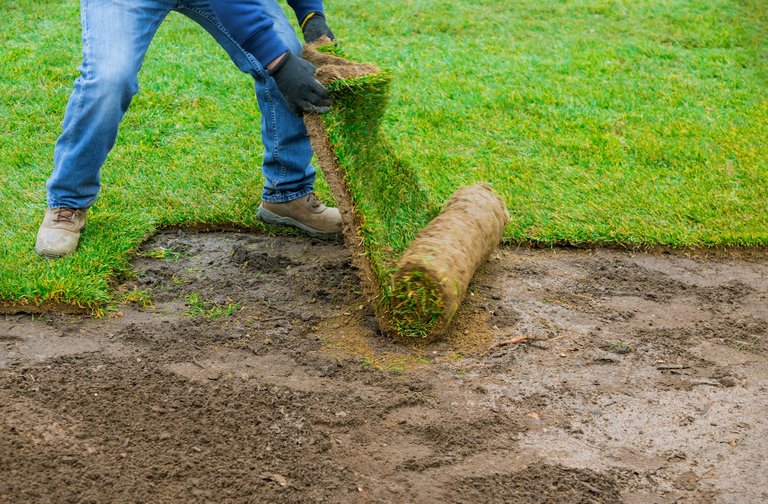When establishing a lawn in Texas, deciding between sod and seed is crucial. Each method has its own advantages and challenges, especially considering the state's diverse climate and soil conditions.

Understanding Sod and Seed
Sod: Pre-grown grass that's harvested in sections and transplanted to your yard. It offers immediate coverage and erosion control.
Seed: Involves planting grass seeds directly into the soil, allowing the grass to grow naturally over time.
Advantages of Sod
Instant Lawn: Provides immediate green coverage, reducing soil erosion and dust.
Erosion Control: Ideal for sloped areas where soil erosion is a concern.
Weed Suppression: Dense sod can outcompete weeds, leading to a cleaner lawn.
Disadvantages of Sod
Cost: More expensive upfront due to harvesting, transportation, and installation.
Limited Grass Varieties: Fewer options compared to seeding, which might limit choices suitable for specific Texas regions.
Advantages of Seed
Cost-Effective: Generally cheaper than sod, especially for large areas.
Variety: Offers a wider selection of grass species, allowing customization based on local climate and soil.
Adaptability: Seeded lawns can adapt better to their environment over time.
Disadvantages of Seed
Time-Consuming: Takes longer to establish a full lawn, requiring patience and care.
Erosion Risk: Newly seeded areas are susceptible to soil erosion until the grass is established.
Weed Competition: Seeds may have to compete with weeds, necessitating more maintenance.
Factors to Consider in Texas
Climate: Texas experiences a range of climates. In North Texas, cool-season grasses like tall fescue are common, while South Texas favors warm-season grasses like Bermuda and Zoysia.
Soil Type: Soil composition varies across the state. Conduct a soil test to determine pH and nutrient levels, ensuring the chosen grass thrives.
Water Availability: Some grass types require more water. In drought-prone areas, consider drought-resistant varieties like Buffalograss.
Best Practices for Sod Installation
Soil Preparation: Remove existing vegetation and debris. Loosen the topsoil to a depth of 6 inches.
Leveling: Ensure the area is level to prevent water pooling.
Laying Sod: Stagger the seams in a brick-like pattern. Press down to eliminate air pockets.
Watering: Water immediately after installation and keep the sod moist until roots establish.
Best Practices for Seeding
Soil Preparation: Similar to sod, remove debris and loosen the soil.
Seeding: Use a seed spreader for even distribution. Lightly rake to cover the seeds with a thin layer of soil.
Watering: Keep the soil consistently moist until germination.
Maintenance: Once the grass reaches 3 inches, mow to encourage growth.
Conclusion
Choosing between sod and seed depends on your budget, timeline, and specific Texas conditions. Sod offers immediate results but at a higher cost, while seeding is more economical but requires patience. Consider your local climate, soil, and water availability to make the best decision for a lush, healthy lawn.
Hello.
There is reasonable evidence that this article is machine-generated.
We would appreciate it if you could avoid publishing AI-generated content (full or partial texts, art, etc.).
Thank you.
Guide: AI-Generated Content = Not Original Content
If you believe this comment is in error, please contact us in #appeals in Discord.